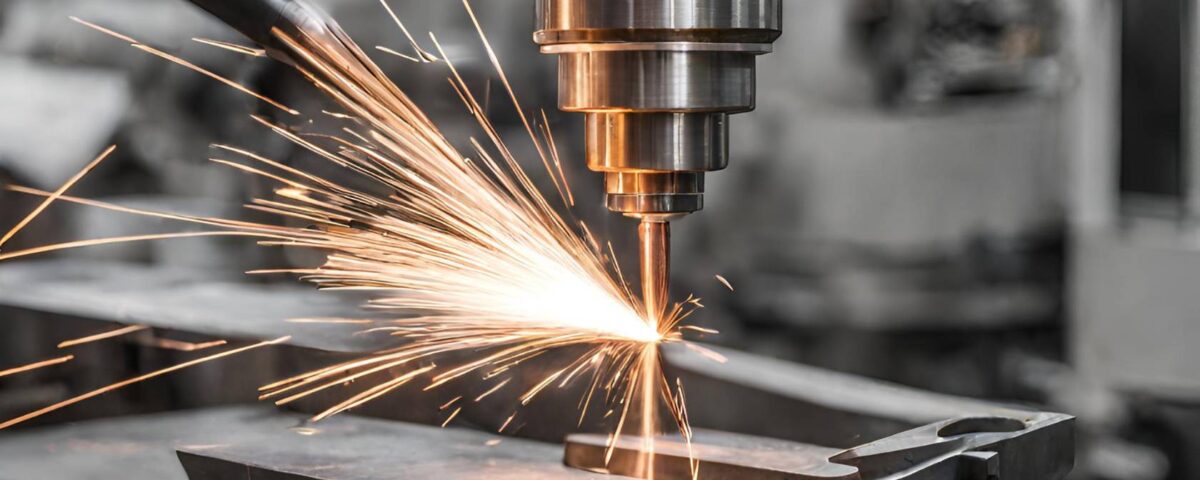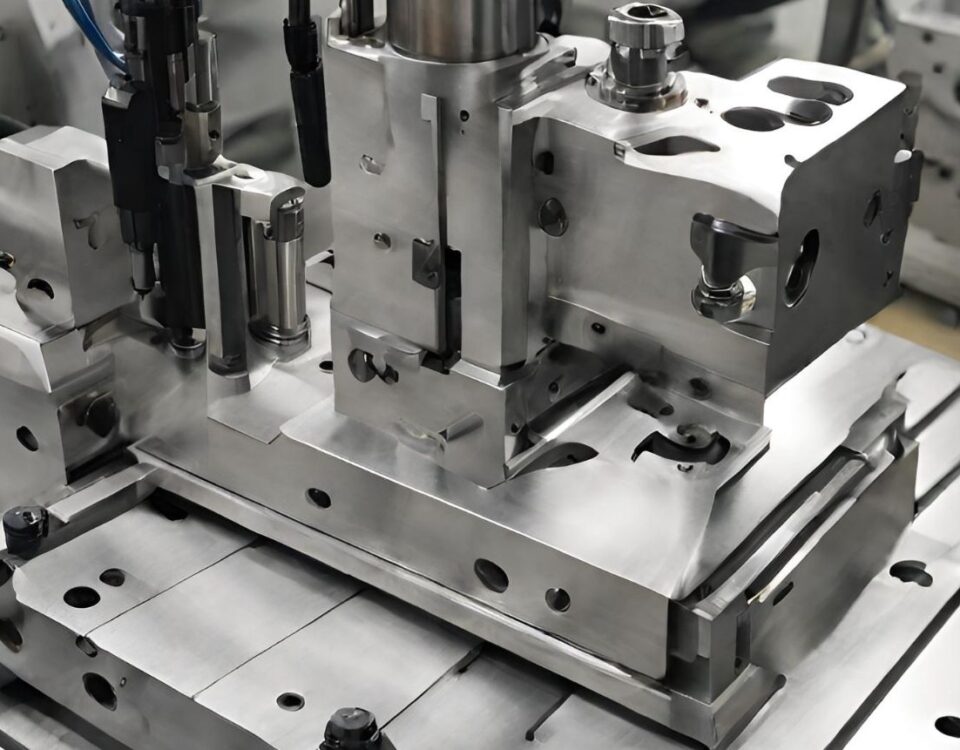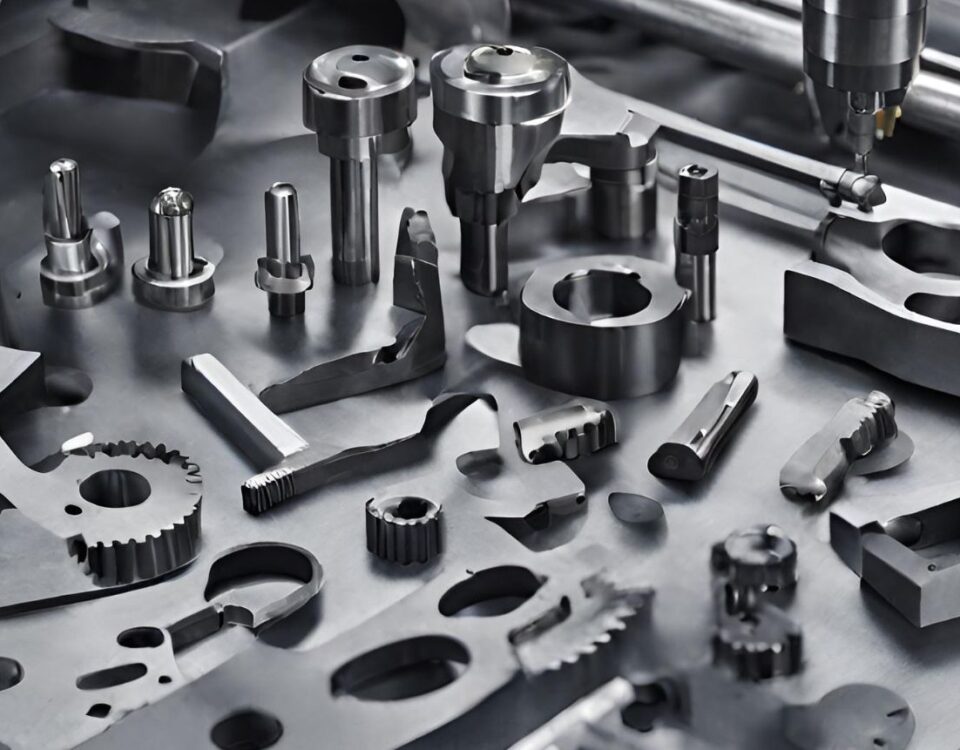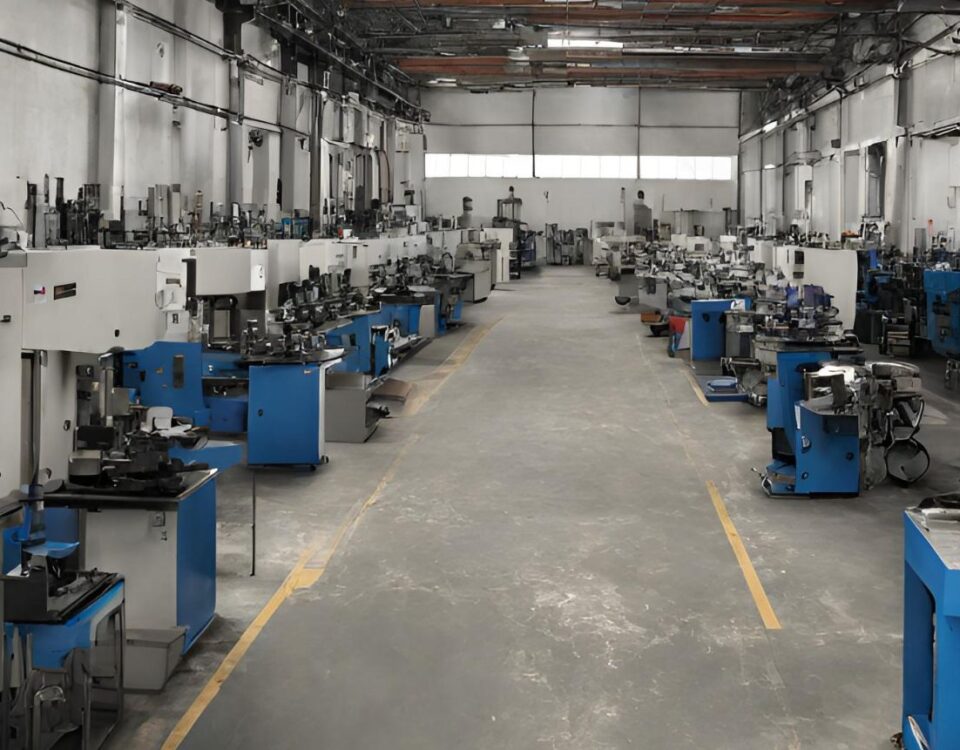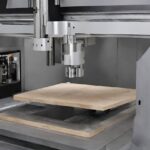
The Power of Rapid CNC Prototyping
22 February 2024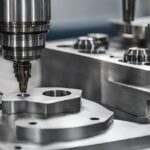
Mastering the Art of Precision Machining
27 February 2024Machining and fabrication are two fundamental processes that play a pivotal role in modern manufacturing. While distinct in their methodologies, they often intersect, complementing each other to bring intricate designs and precise components to life. In this comprehensive guide, we delve into the realms of machining and fabrication, exploring their individual characteristics, applications, and the synergies that arise when they converge.
Understanding Machining:
Machining is a subtractive manufacturing process that involves the removal of material from a workpiece to achieve the desired shape, size, and surface finish. This process is typically carried out using machine tools such as lathes, milling machines, drilling machines, and grinders, which employ cutting tools to remove material through various operations such as turning, milling, drilling, and grinding.
Key Concepts in Machining:
-
CNC Machining: Computer Numerical Control (CNC) machining has revolutionized the manufacturing industry by automating the operation of machine tools. CNC machines are programmed with precise instructions to execute complex machining operations with unparalleled accuracy and repeatability.
-
Cutting Tools: The selection of cutting tools plays a critical role in machining operations. Different materials and geometries of cutting tools are chosen based on factors such as the workpiece material, desired surface finish, and dimensional accuracy requirements.
-
Machining Processes: Machining encompasses a diverse range of processes, each tailored to specific applications and workpiece materials. Common machining processes include turning, milling, drilling, and grinding, each offering unique capabilities and advantages.
Applications of Machining:
-
Automotive Manufacturing: Machining plays a vital role in the production of automotive components such as engine blocks, cylinder heads, transmission parts, and brake rotors. CNC machining enables the precise fabrication of complex geometries with tight tolerances, ensuring optimal performance and reliability in automotive applications.
-
Aerospace Engineering: In the aerospace industry, where safety and precision are paramount, machining is indispensable for manufacturing critical components such as aircraft fuselage panels, turbine blades, and landing gear assemblies. CNC machining enables aerospace manufacturers to meet stringent quality standards while reducing lead times and production costs.
-
Medical Device Production: Machining is widely used in the fabrication of medical devices and implants, where precision and biocompatibility are essential. From surgical instruments to orthopedic implants, CNC machining ensures the production of high-quality, customized components that meet the exacting requirements of the medical industry.
Understanding Fabrication:
Fabrication, on the other hand, is a broader term that encompasses a variety of manufacturing processes aimed at shaping, joining, and assembling raw materials into finished products or components. Unlike machining, which primarily focuses on material removal, fabrication involves forming, bending, cutting, welding, and assembling materials to create the desired structure or assembly.
Key Concepts in Fabrication:
-
Welding: Welding is a fundamental fabrication process that involves the joining of two or more metal pieces by melting them together. Various welding techniques such as arc welding, MIG (Metal Inert Gas) welding, TIG (Tungsten Inert Gas) welding, and resistance welding are employed to create strong and durable bonds between metal components.
-
Sheet Metal Fabrication: Sheet metal fabrication involves the shaping and forming of thin metal sheets to create a wide range of products and components. Processes such as cutting, bending, punching, and deep drawing are used to transform flat metal sheets into complex shapes and structures.
-
Laser Cutting and CNC Punching: Laser cutting and CNC punching are advanced fabrication techniques that enable the precise cutting of metal sheets with minimal heat-affected zones and high dimensional accuracy. These processes are widely used in industries such as aerospace, automotive, and electronics for the production of precision components.
Applications of Fabrication:
-
Architectural Metalwork: Fabrication plays a crucial role in architectural metalwork, where custom-designed metal components and structures are fabricated for building facades, interior fittings, and decorative elements. From stainless steel cladding to intricate metal sculptures, fabrication techniques enable architects and designers to realize their creative visions.
-
Industrial Equipment Manufacturing: Fabrication is essential in the production of industrial equipment and machinery, where heavy-duty components and assemblies are fabricated to withstand harsh operating conditions. From conveyor systems to storage tanks, fabrication processes ensure the structural integrity and reliability of industrial equipment.
-
Structural Steel Fabrication: Fabrication is widely used in the construction industry for the fabrication of structural steel components such as beams, columns, and trusses. Fabricated steel structures form the backbone of buildings, bridges, and infrastructure projects, providing strength, durability, and versatility in design.
Synergies Between Machining and Fabrication:
While machining and fabrication are distinct processes, they often intersect and complement each other in manufacturing operations. The integration of machining and fabrication techniques enables manufacturers to leverage the strengths of both processes, resulting in the production of complex assemblies and finished products with superior quality and efficiency.
-
Hybrid Manufacturing: Hybrid manufacturing combines machining and fabrication processes to achieve enhanced precision, flexibility, and efficiency. By integrating CNC machining with fabrication techniques such as welding, bending, and forming, manufacturers can produce hybrid components that exhibit the benefits of both processes.
-
Precision Machining of Fabricated Components: Machining is often employed to achieve tight tolerances and surface finishes on fabricated components. For example, CNC machining may be used to machine mating surfaces, holes, and critical features on welded assemblies to ensure dimensional accuracy and assembly compatibility.
-
Machining of Fabricated Tooling and Fixtures: Fabrication shops often utilize CNC machining to produce tooling, jigs, and fixtures used in fabrication processes. CNC machining enables the rapid prototyping and production of custom tooling with intricate geometries, facilitating efficient and accurate fabrication operations.
-
Rapid Prototyping and Iterative Design: The combination of machining and fabrication processes enables rapid prototyping and iterative design iterations. CNC machining can be used to produce prototype components for validation and testing, while fabrication techniques allow for the assembly and integration of prototype assemblies for functional evaluation.
Conclusion:
In conclusion, machining and fabrication are integral components of modern manufacturing, each offering unique capabilities and advantages in the production of precision components and assemblies. While machining focuses on material removal and shaping, fabrication encompasses a broader range of processes aimed at forming, joining, and assembling materials.
By understanding the characteristics, applications, and synergies between machining and fabrication, manufacturers can optimize their production processes, reduce lead times, and enhance product quality. Whether it's the precision machining of aerospace components or the fabrication of architectural metalwork, the convergence of machining and fabrication techniques continues to drive innovation and excellence across industries.

